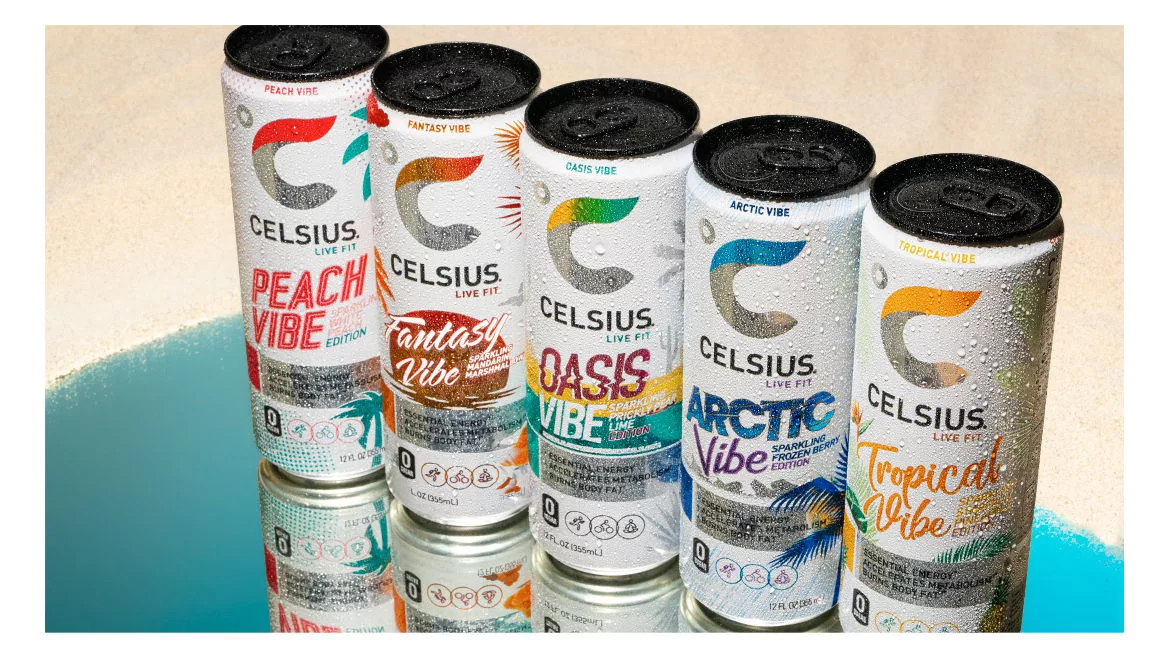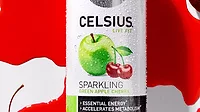Between Drinks
Global energy drinks market quick to pivot, research shows
Energy category evolves from health focus to sleep health research shows

Image courtesy of Celsius
Come spring time, it always seems like my energy levels rise. I also find that I’m just more physically active. Meanwhile, until warmer weather is upon us, I turn to drinking a lot of coffee and energy drinks to help boost my productivity. My guess is that I might not be alone.
According to a recent article from Mintel, Chicago, titled “Changing Consumer Demands in the Energy Drinks Industry,” the world needs energy, with the demand for energy drinks sustained by the universal consumer need to be productive.
Further, although the energy drink industry has not been immune to ongoing economic challenges, such as consumers’ financial concerns, Mintel notes that the global energy drinks industry continues to grow.
“Leading brands like Red Bull and Monster enjoy consistently strong revenues in global markets,” it states. “Additionally, the market’s value growth is mirrored in volume, Mintel’s GNPD data shows that the number of energy drinks in the market has increased by 20.8% since 2021.”
Yet, despite market forecasts of continued growth, this doesn’t mean consumers are happy with the same old energy drinks, according to Mintel. “Consumer demands and priorities have changed in the years since the COVID-19 pandemic, and as a result, the industry has had to diversify to cater for different consumer needs,” it states.
With consumer demand continually evolving, Mintel highlights how the global energy drinks industry has been impacted over the past three years.
2021 – The emerging focus on health: Mintel’s market research revealed that in 2021, more than half of European consumers were looking for more ways to energize themselves since the onslaught of the COVID-19 pandemic — and energy drinks were a quick and convenient stimulant, it states.
Alongside wanting to raise energy levels, Mintel notes that consumers also wanted energy drinks to deliver other functional benefits, such as enhanced hydration or mental stimulation.
2022 – Younger generations, gaming culture: Although hybrid beverages looked like a challenge for the energy drinks market at first, their increasing popularity was surprisingly beneficial for the industry, according to Mintel.
An underlining industry trend emerged in 2022, with energy drinks brands targeting specific demographics, or tailoring products to suit the demands and concerns of younger generations, such as the rise of gaming culture, Mintel notes.
“Gaming culture has had a wide-ranging influence on energy drinks, shaping product development, marketing strategies and consumer engagement,” the article states.
2023: Natural ingredients, sleep health: As wellness trends moved even further into the spotlight in 2023, for many consumers, one of the key pillars of health and well-being included a good night’s sleep.
Moving forward, Mintel suggests that brands could follow an example from the coffee category by providing gradually smaller caffeine boosts to be dosed throughout the working day, rather than a large dose of caffeine that could disrupt sleep.
Noting that the energy drinks industry also has witnessed a growing interest in natural ingredients, Mintel points to how brands are responding to this demand by innovating and offering products that feature plant-derived ingredients.
2024: Looking ahead: Looking forward into 2024 and beyond, Mintel’s forecast for the energy drinks market indicates that the industry is expected to keep growing.
“However, brands cannot rely on past successes and still need to innovate and evolve as the competitive landscape constantly shifts consumer demand,” it states. “Interestingly, as the user base of energy drinks grows and diversifies, brands have begun to distance themselves from an overtly masculine image, which could open the door to even more growth amongst demographics who had previously slept on the energy drinks industry.”
Looking for a reprint of this article?
From high-res PDFs to custom plaques, order your copy today!







